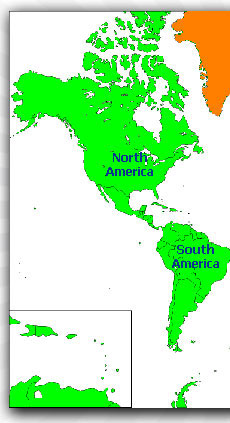|
|||||
Patients from Asia, Africa, Australia , Europe and Middle East
can get surgery done in Dubai UAE. Patients from North & South America can continue coming to our office in Houston TX. |
|||||
Click on the map to enter the website |
|||||
HOUSTON CENTER |
 |
 |
DUBAI |
||
|
|
Diagnosis Neurofibromatosis may affect any nerve in the body but frequently grow on spinal nerve roots. There, they often cause few or no problems. However, if they compress the spinal cord, they can become serious, causing paralysis or disturbances in sensation in different parts of the body, depending on what part of the spinal cord is compressed. If Neurofibromatosis compress peripheral nerves, the nerves may not function normally, and pain or weakness may result. Neurofibromatosis that affect nerves in the head can cause blindness, dizziness, deafness, noise in the ears (tinnitus), and incoordination. Neurofibromatosis usually progresses. As the number of Neurofibromatosis increases, more neurologic problems develop. People who have central neurofibromatosis develop tumors in the auditory nerves (auditory tumors, or acoustic neuromas) on both sides of the body. The tumors may cause hearing loss and sometimes dizziness, as early as age 20. People who have this disorder also may have gliomas or meningiomas, and some develop cataracts prematurely. Because this disorder can be inherited, family members may also be affected. About one third of people with peripheral neurofibromatosis notice no symptoms, and the disorder is first diagnosed during a routine examination when doctors find lumps under the skin near nerves. Another third of the people seek help for a cosmetic problem caused by the disorder, leading to its diagnosis. In the remaining third, the disorder is diagnosed when people notice neurologic problems, such as weakness due to compression of the spinal cord or nerves. Typically, medium-brown skin spots (café au lait spots) develop on the chest, back, pelvis, elbows, and knees. These spots may exist at birth or appear during infancy. Between ages 10 and 15, flesh-colored growths (Neurofibromatosis) of varying sizes and shapes begin appearing on the skin. There may be fewer than 10 of these growths or thousands of them. In some people, Neurofibromatosis under the skin or an overgrowth of the bone under the Neurofibromatosis produces structural abnormalities, such as an abnormally curved spine (kyphoscoliosis), rib deformities, enlarged long bones in the arms and legs, and bone defects of the skull, including the part surrounding the eyeball (which results in bulging eyes). Diagnosis is aided by MRI pictures which show the mass within a peripheral nerve. The mass can often be palpated through the skin. |
|
|
|
|||
|





